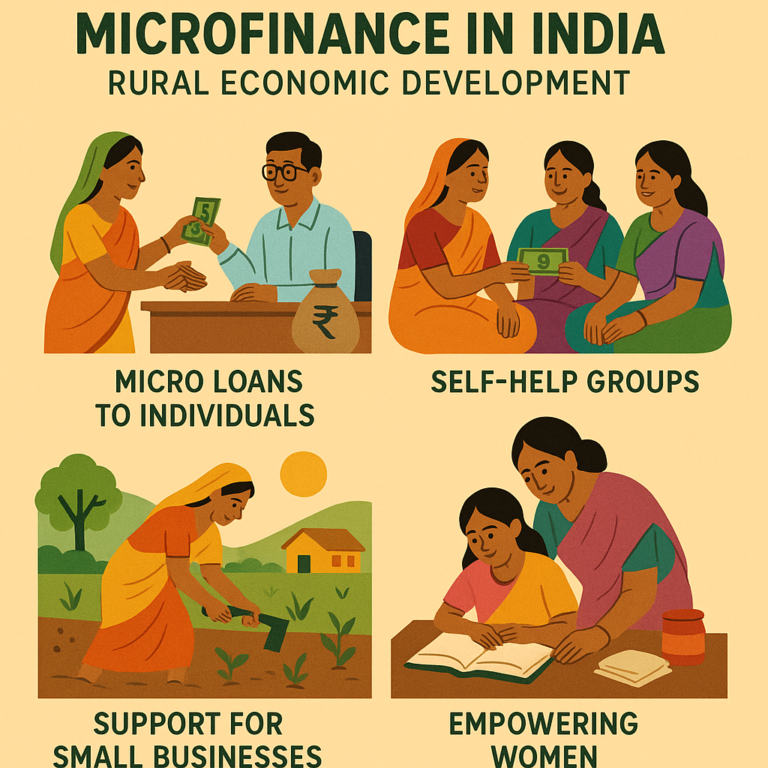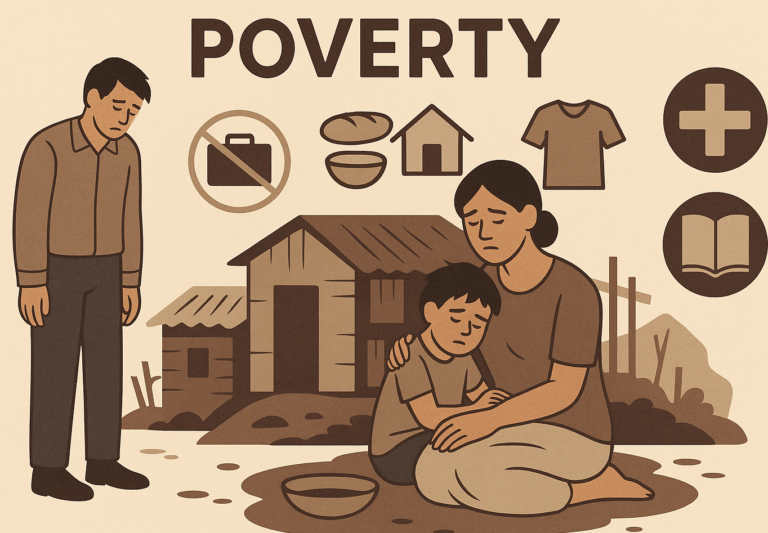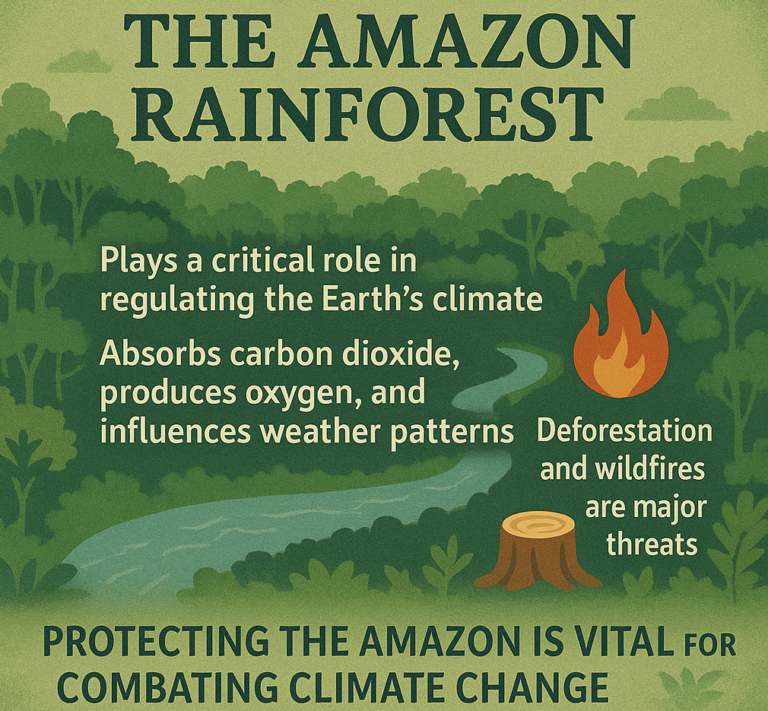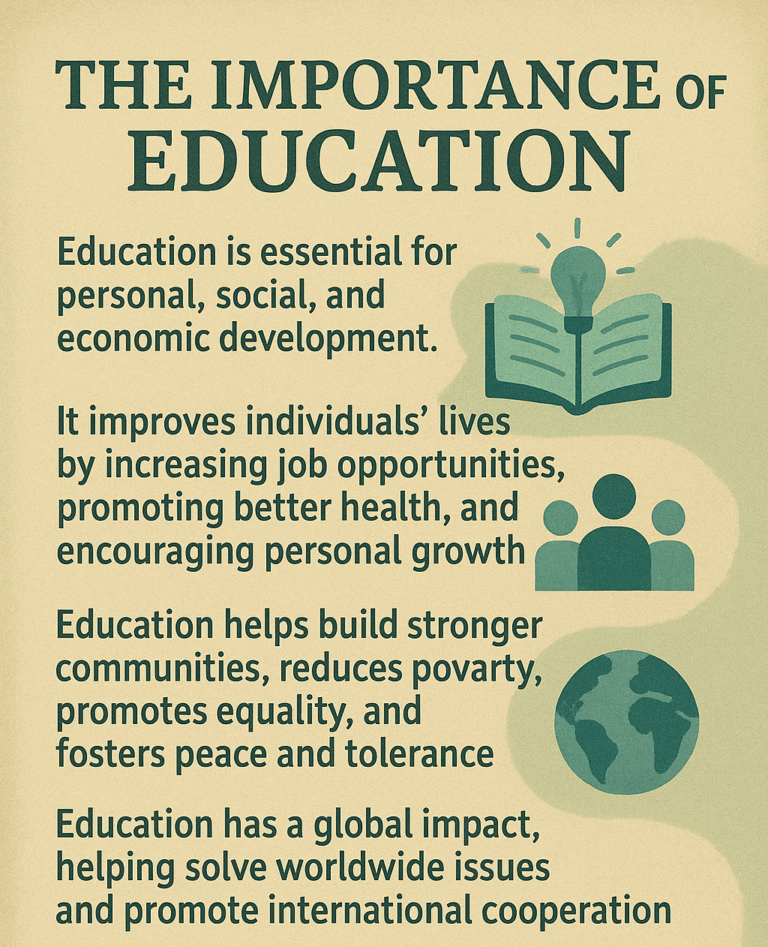Global Health Crises are situations where a disease spreads rapidly, affecting many people around the world and causing serious health, social, and economic problems. Two major health crises in recent history are Ebola and HIV/AIDS. Let’s explore these crises in an easy-to-understand way.

1. Ebola
What is Ebola? Ebola is a deadly virus that causes a severe illness in humans. It spreads quickly, causing high fever, bleeding, and organ failure. The disease can be fatal if not treated properly.
How Ebola Spread:
Ebola was first discovered in 1976 in Africa. The virus spreads through contact with body fluids like blood, sweat, saliva, and vomit from an infected person or animal. It can also spread through objects contaminated with these fluids, such as needles or medical equipment.
- Symptoms of Ebola: People infected with Ebola often experience high fever, extreme tiredness, muscle pain, and vomiting. As the disease progresses, it can cause internal bleeding, which is why it is so dangerous.
- Outbreaks of Ebola: Since its discovery, there have been several Ebola outbreaks, but the most widespread occurred in West Africa between 2014 and 2016, where thousands of people became infected, and many died. The disease is usually confined to rural areas but can spread quickly to cities, creating a global health crisis.
How We Responded to Ebola:
- Early detection: The key to fighting Ebola is identifying and isolating people who are infected as soon as possible. This helps prevent the disease from spreading further.
- Treatment and vaccines: There is no cure for Ebola, but doctors can help patients with supportive care like fluids and medicines to manage symptoms. In recent years, vaccines have been developed that can help prevent Ebola, and they have been used during outbreaks to protect people.
Why Ebola Was a Crisis:
- Global spread: Although it mainly affected African countries, the Ebola virus was a major global health concern because it can spread to other countries through travel and trade.
- Health impact: The disease caused widespread fear, disrupted health systems, and resulted in thousands of deaths.
2. HIV/AIDS
What is HIV/AIDS? HIV (Human Immunodeficiency Virus) is a virus that attacks the immune system, making it harder for the body to fight off infections. If not treated, HIV can lead to AIDS (Acquired Immunodeficiency Syndrome), the final stage of the disease, where the immune system is severely damaged.
How HIV/AIDS Spread:
HIV is primarily spread through unprotected sexual contact, sharing needles, or from mother to child during childbirth or breastfeeding. The virus attacks the immune system, making it easier for people to get infections or diseases that a healthy body could normally fight off.
- Symptoms of HIV/AIDS: Early on, HIV can cause flu-like symptoms, but as it progresses, the immune system becomes weaker, and the person can develop serious infections and cancers. In the final stage (AIDS), the person becomes very vulnerable to infections and diseases that can be life-threatening.
- The HIV/AIDS Epidemic: The HIV/AIDS epidemic began in the 1980s and became a global crisis. It was initially a big problem in the United States, but it spread worldwide, particularly in sub-Saharan Africa, where millions of people were infected. The disease caused a major health crisis, affecting millions of people and their families.
How We Responded to HIV/AIDS:
- Antiretroviral drugs: In the 1990s, scientists developed antiretroviral drugs (ARVs) that can slow the progression of HIV. These drugs are still used today to help people with HIV live longer, healthier lives by preventing the virus from damaging their immune systems.
- Prevention and education: Preventing HIV spread is key. Efforts have focused on encouraging safe sex practices (like using condoms), providing clean needles to drug users, and educating people about HIV transmission.
- Global awareness: Governments, organizations like the World Health Organization (WHO), and many local communities worked together to raise awareness and promote safer practices to reduce the spread of HIV.
Why HIV/AIDS Was a Crisis:
- Widespread impact: HIV/AIDS affected millions of people worldwide, with millions of deaths and many people living with the disease for years. It had a huge impact on families, economies, and health systems.
- Stigma and fear: The virus was initially misunderstood, leading to fear and stigma. People were often ashamed or afraid to get tested or seek treatment.
- Global response: The HIV/AIDS epidemic required a global response, with many countries and organizations working together to provide treatment, educate the public, and develop better medical technologies.
Why Are Ebola and HIV/AIDS Global Health Crises?
Both Ebola and HIV/AIDS became global health crises because:
- Rapid Spread: These diseases can spread quickly and across borders, causing widespread fear and panic.
- High Mortality Rate: Both diseases have high death rates, especially before proper treatments and vaccines were developed.
- Social and Economic Impact: Health crises like these disrupt economies, put pressure on health systems, and affect communities in many ways.
In Conclusion:
Ebola and HIV/AIDS are two major global health crises that have affected millions of lives. While Ebola has been contained through better understanding, rapid responses, and vaccines, HIV/AIDS is still a major health issue, though advancements in treatment have made it manageable. Both have shown the importance of global cooperation, early detection, and prevention to tackle health challenges on a large scale.








